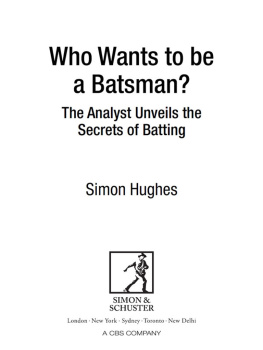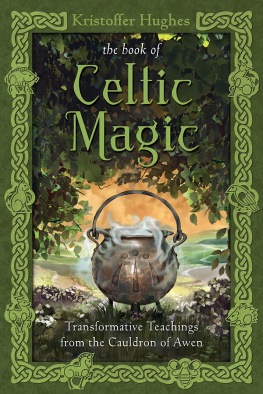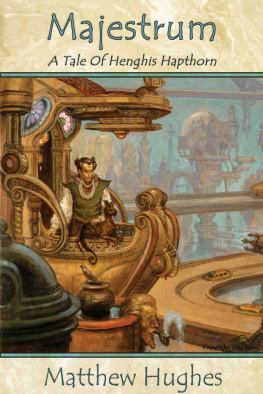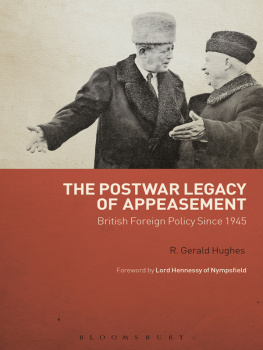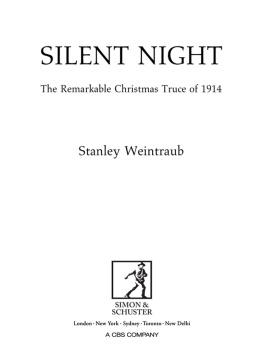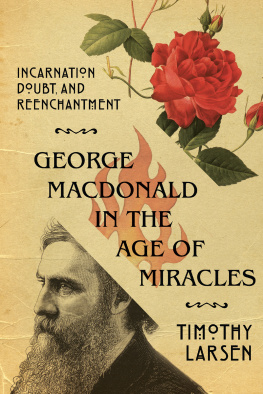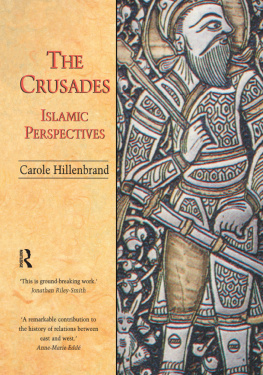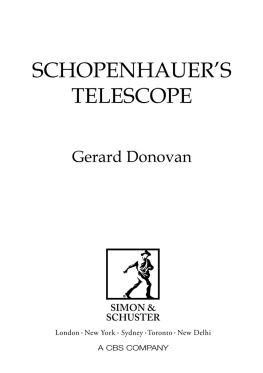Who Wants to be a Batsman?
Also by Simon Hughes:
From Minor to Major: Durhams First Year in the Championship
A Lot of Hard Yakka: Triumph and Torment A County Cricketers Life
Yakking Around the World: A Cricketers Quest for Love and Utopia
Jargonbusting: Mastering the Art of Cricket
Morning Everyone: A Sportswriters Life
And God Created Cricket
Crickets Greatest Rivalry: A History of the Ashes in 10 Matches
First published in Great Britain by Simon & Schuster UK Ltd, 2015
A CBS COMPANY
Copyright 2015 by Simon Hughes
This book is copyright under the Berne convention.
No reproduction without permission.
All rights reserved.
The right of Simon Hughes to be identified as the author of this work has been asserted in accordance with sections 77 and 78 of the Copyright, Designs and Patents Act, 1988.
Simon & Schuster UK Ltd
1st Floor
222 Grays Inn Road
London WC1X 8HB
www.simonandschuster.co.uk
Simon & Schuster Australia, Sydney
Simon & Schuster India, New Delhi
The author and publisher have made all reasonable efforts to contact copyright-holders for permission, and apologise for any omissions or errors in the form of credits given. Corrections may be made to future printings.
All photographs in the plate section copyright Getty Images, except (bottom) courtesy of the author.
A CIP catalogue record for this book is available from the British Library.
Hardback: 978-1-47113-560-6
Ebook ISBN: 978-1-47113-562-0
Typeset in the UK by M Rules
Printed and bound by CPI Group (UK) Ltd, Croydon, CR0 4YY

Simon & Schuster UK Ltd are committed to sourcing paper that is made from wood grown in sustainable forests and supports the Forest Stewardship Council, the leading international forest certification organisation. Our books displaying the FSC logo are printed on FSC certified paper.
To Dad for his eternal enthusiasm
To Mum for improving my vocabulary
And to all Mums and Dads for encouraging their sons and daughters to play the game.
CHAPTER 1
Dicing With Death
I havent scored any hundreds, but Ive given away a few. And Ive seen a few more. This story is about the players like Richards and Tendulkar and Pietersen and de Villiers and Sangakkara who made those hundreds. How are they able to consistently crack 90mph deliveries to the boundary, deliveries that many of us can barely see? What makes them so good? How do they control their emotions when the pressure is intense out there in the middle? And, for us normal mortals, what is it like to be walking to the wicket to face a 6ft 6in ogre, fearing the worst? This is about the triumph and torment and trials and tribulations of the men who try, and sometimes succeed, and often fail, to make runs for a living.
Watching the brilliant Brendon McCullum slaying a fearsome fast bowler, Dale Steyn, in the 2015 World Cup semi-final, hooking him into the crowd and driving him spectacularly over the sightscreen, demonstrates the power and exhilaration of batting. Seeing the taut features and stuttering footwork of the once-prolific Jonathan Trott, dismissed for another single-figure score, is a reminder that batting can be a fraught and precarious business.
Batsmen have the best, and worst, of times. They have the most fragile existence of anyone in sport. They are out on their own being preyed upon. They have half a second to react to the ball. They are walking the tightrope between success and failure. One minuscule error and theyre toast. Termin. Caput. McCullum was bowled for nought in the first over of the World Cup final. And then they have to slope off in front of everyone, keeping their heartache to themselves. Its like watching a man walking to his grave.
And yet when they stay in and their feet are moving beautifully and the ball is pinging off their bat and the bowlers are at their mercy and they reach the promised land, they feel a huge surge of pleasure and a rush of blood to the head that only one other activity in life can offer. And you cant do that in public. Well, not legally anyway.
Whether youre able, or whether youre not, in cricket, everybody has to bat. Theres no choice. You cant say, at the sight of a large marauding fast bowler armed with a ball as hard as rock and a menacing stare, Sorry skip, I dont fancy it today. Youve got to go out there and face the (chin) music. Its dicey and dangerous and, reflecting on the freakish death of the unfortunate Phillip Hughes, occasionally deadly.
I wasnt a good batsman, but in a 15-year professional career I batted more than 300 times and encountered many of the problems that a good batsman has to handle: ferocious pace, late swing, devious spin, a tricky pitch, a dodgy umpire, a sledging bowler, bright light, bad light, self-doubt, overconfidence, a blow to the head, opening the innings, 10 to win off nine, or holding out for a draw with everyone round the bat.
I didnt overcome too many of these predicaments, but I understood the mistakes I made and I tried to correct them. I mostly failed. But Ive worked out, over the course of 30 years of playing and then analysing every ball in slow motion from 28 different angles, and talking to the great and the almost great, what batting entails. Im fascinated in unravelling this complex art and the characters it reveals.
Anyone whos vaguely interested in cricket has dreamt at least once of playing a match-winning innings for their country. Is it an attainable dream? Can you make someone into a top batsman? What ingredients would they need? Think of two batsmen who indisputably were great Geoff Boycott and Graham Gooch and you realise that the answer is not a simple one. You couldnt imagine two men with such contrasting personalities. The proud, indefatigable, call-a-spade-a-spade Yorkshireman who repelled hard-working bowlers with almost sadistic glee, keeping his own score like a king counting out his money. And the self-effacing, laconic chap from Leytonstone with a falsetto laugh which betrayed a murderous intent. Hes like the Michael Caine character in Get Carter.
Im interested in finding out if the best batsmen all have certain characteristics in common. How do they overcome the mental and physical hurdles? Why do some of them have such odd routines? How do they hit a bouncer travelling at 90mph? Have the requirements of batting changed as the game enters a more explosive era? And ultimately, why would anyone want to be stuck out there on their own with just a bit of wood for protection against 11 ruthless hunters knowing that one false move will be your last? Is it a job for which only masochists should apply?
I was driving back down the M1 from Trent Bridge in the summer of 2011. It was 11pm. My mobile rang. It was not a number I recognised.
Is that Simon Hughes? It was an Australian voice.
Yes, I replied, a little circumspectly. Whos this?
Its Shane Watson, said the voice. Australian opening batsman.
Really? I said, imagining it was probably one of Michael Vaughans mates winding me up. Where are you? (I thought it was a good way of checking if it actually was him.)
Melbourne, he said. I wonder if we could have a chat.
My heart sank. The only time current players called me was to complain about something Id written or misquoted. Or, occasionally, to write a not-very-humorous piece for their benefit brochure. With Watson, who I had met properly only once at a charity evening I was compering at which I semi-humiliated him by getting him to chew on a wichetty grub it could only be a complaint.

